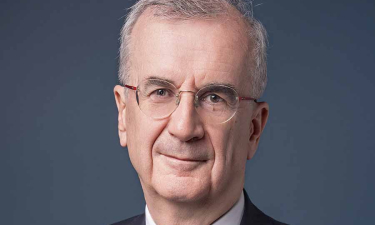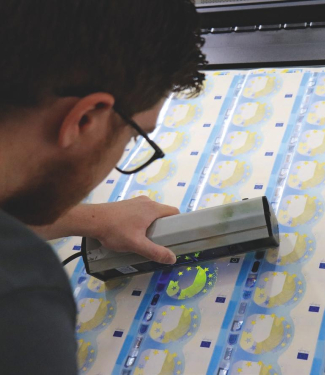Image


Welcome to the Banque de France website
An institution that helps citizens deal with the economic and societal challenges facing France and Europe
Appuyez sur Entrée pour lancer la recherche
News
Image


Inflation and trust in the central bank in non-advanced economies
11th of December 2025
News
Inflation
Post No. 423. Survey data covering 100 “non-advanced economies” show a negative correlation between inflation and trust in the central bank, which is more pronounced under inflation-targeting regimes. While this trust is affected by a number of factors and also influences inflation, it depends on the central bank's ability to meet its monetary policy objectives.
Image


Tribune
Intelligence artificielle
Image


News
Investment
Image


Speech
Monetary policy
Focus
Speeches by the Governor

Find all news from the Governor of the Banque de France
Upcoming events
Image


16th of December 2025
Add to calendar
Image


16th of December 2025
Add to calendar
Image


18th of December 2025
Add to calendar
Banque de France is hiring

Job offers

Competitive entrance exam






